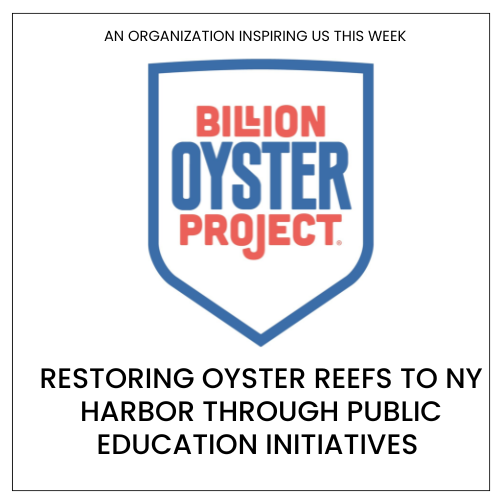CSO - Stories in Science
#PhDart – How Does Evolution Give Rise to New Behaviors?
Caroline received her B.S. from Brown University in 2006. She began studying the molecular and cellular basis of behavior in the context of the developing frog brain while pursuing her M.S. at the University of Michigan. She earned her Ph.D. in Biology with Russell Fernald at Stanford University as a Stanford Graduate Fellow in 2014. In the Hoekstra lab at Harvard University, Caroline is using the Peromyscus model to ask how molecular differences between sister species produce differences in brain and behavior, with a particular focus on burrowing behavior.

Caroline Hu
[su_boxbox title=”About”]Caroline received her B.S. from Brown University in 2006. She began studying the molecular and cellular basis of behavior in the context of the developing frog brain while pursuing her M.S. at the University of Michigan. She earned her Ph.D. in Biology with Russell Fernald at Stanford University as a Stanford Graduate Fellow in 2014. For her doctoral research, Caroline investigated the neural mechanisms underlying behavioral plasticity within a single cichlid fish. In the Hoekstra lab at Harvard University, Caroline is a postdoctoral fellow and is using the Peromyscus model to ask how molecular differences between sister species produce differences in brain and behavior, with a particular focus on burrowing behavior. Below is her response to the #PhDArt twitter challenge where she depicts her research in a drawing and a short abstract. Follow her @HuWantsToKnow [/su_boxbox]
[su_boxnote note_color=”#d9d8d6″]How evolution gives rise to new behaviors is largely unknown. One way to address this longstanding question is to compare species that are closely related, yet differ in their behavior. A striking example of this is burrowing in deer mice. One species of deer mouse digs a short burrow and a second closely related species digs a long burrow. Mice do not need to be taught to dig burrows, which points to a strong genetic basis of this behavior. How may genetic changes contribute to behavior change? My collaborators and I hypothesize that it is by changing gene expression in the brain. A powerful way of comparing how species A’s version of a gene compares to species B’s version is by measuring their relative output when in the same animal–a.k.a. a hybrid animal. Luckily, we can do this in deer mice! It turns out thousands of genes have changed in their brain expression between the parent species. How to sieve through all these genes to identify those that are most important for behavior change is our next challenge.[/su_boxnote]
Metrics
Sessions
Total number of Sessions. A session is the period time a user is actively engaged with the page.
Visitors
Users that have had at least one session within the selected date range. Includes both new and returning users.
Page views
Pageviews is the total number of time the article was viewed. Repeated views are counted.
The CS Media Lab is a Boston-anchored civic science news collective with local, national and global coverage on TV, digital print, and radio through CivicSciTV, CivicSciTimes, and CivicSciRadio. Programs include Questions of the Day, Changemakers, QuickTake, Consider This Next, Stories in Science, Sai Resident Collective and more.

-
Civic Science Observer2 weeks ago
What are the objectives of the Neurotech Justice Accelerator at Mass General Brigham?
-
Civic Science Observer2 months ago
New survey explores what people in South Africa expect of publicly visible scientists – why it matters
-
Civic Science Observer2 months ago
Ecosystem building in action: Science Talk 2025 and the dynamic civic science conference landscape
-
Civic Science Observer1 month ago
Dear Colleagues: Now is the time to scale up public engagement with science























